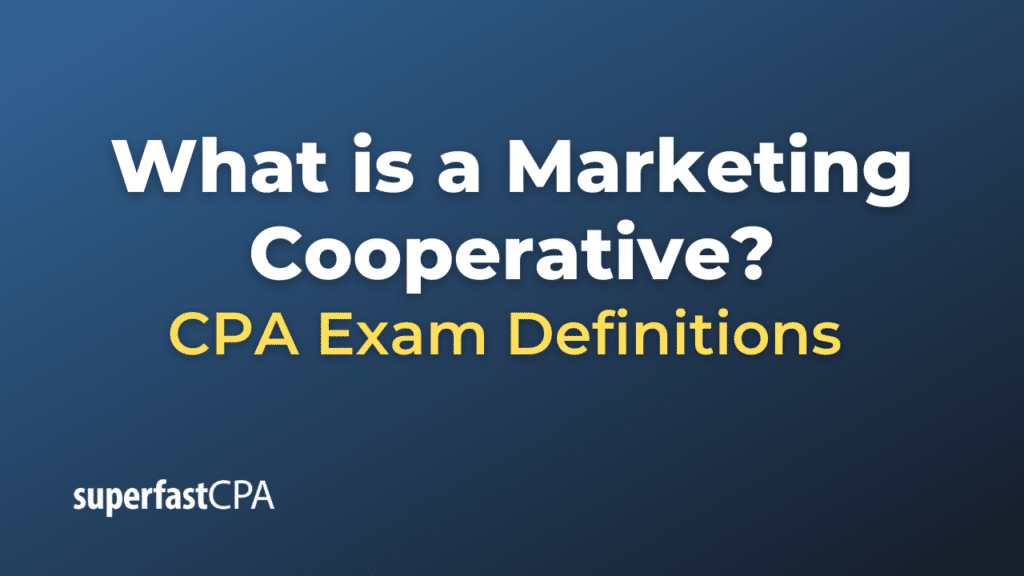Marketing Cooperative
A marketing cooperative, also known as a marketing co-op, is a type of cooperative organization where members pool their resources to market and distribute their products or services more effectively. These can include farmers, retailers, or any type of business that stands to benefit from collective marketing efforts.
In a marketing cooperative, members remain independent in their operations but work together to promote their products or services. They can pool their resources to do collective advertising, negotiate better terms with suppliers, share market research, or collaborate on product development.
Here’s an example for clarity: Suppose a group of farmers, each growing different kinds of fruits, form a marketing co-op. They could potentially pool their products together to sell under a shared brand, thereby providing customers with a wider variety of produce than they could each offer individually. The co-op could also undertake shared advertising campaigns, which could be more extensive and effective than what each farmer could afford on their own.
Marketing co-ops are part of the broader concept of cooperative businesses, which are organizations that are owned and run jointly by their members, who share the profits or benefits. These types of organizations are founded on principles of democratic decision-making, equitable distribution of benefits, and mutual support.
Example of a Marketing Cooperative
One of the most well-known examples of a marketing cooperative is the Sunkist Growers, Inc. Sunkist is a cooperative of thousands of citrus fruit growers in California and Arizona.
Each of these growers is a member and owner of the cooperative. Despite the fact that they are individually growing their citrus, they come together under the Sunkist brand to market and sell their products. This allows them to collectively create marketing campaigns, negotiate better shipping rates, and reach larger buyers than they could individually.
Another famous example is Organic Valley. This is a cooperative of farmers producing organic dairy, vegetables, soy, and eggs. The cooperative markets the farmers’ products under the Organic Valley brand, providing them with national exposure that individual farmers would have difficulty achieving on their own.
In both cases, the cooperative allows smaller producers to achieve economies of scale and marketing reach that would otherwise be unavailable to them. They pool their resources for shared benefit, which is the essence of a marketing cooperative.













